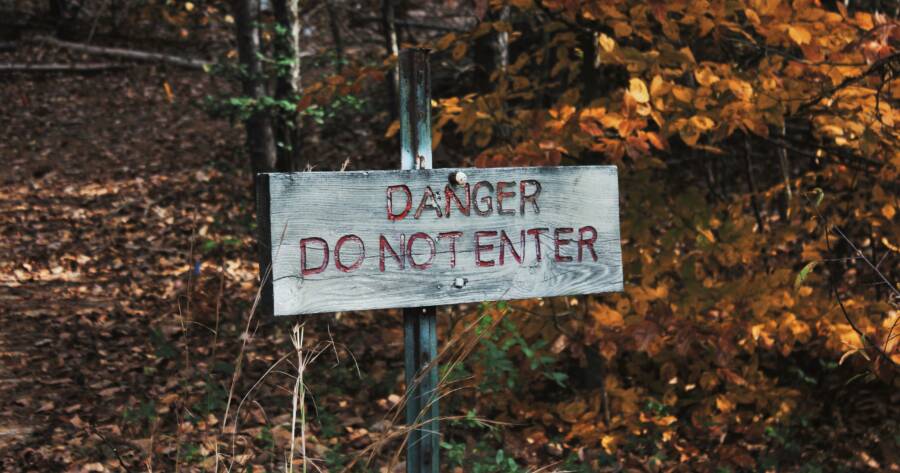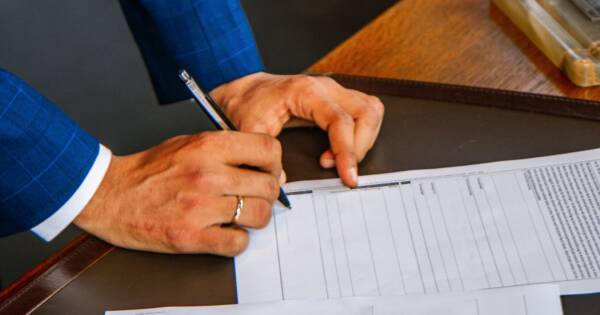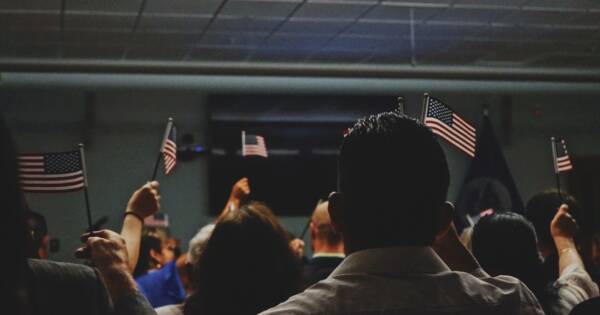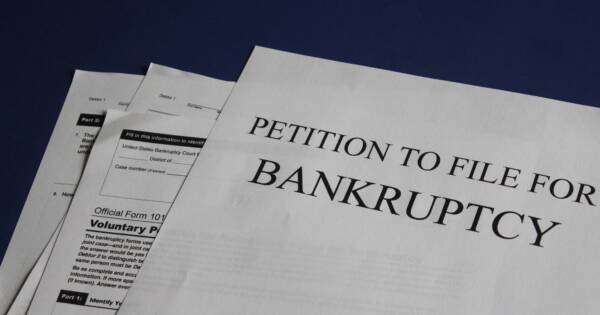Proving fault in a slip-and-fall injury or dangerous premises claim can be tough. Let’s look at the elements of premises liability and how each is proven.
If you become injured on property belonging to someone else, you may be entitled to pursue a premises liability claim, sometimes known as a slip-and-fall claim or a dangerous premises claim. Premises liability is a blanket term that covers a range of legal claims where one person looks to hold a property owner or other responsible party accountable for losses that occur when they slip, trip, fall or otherwise become injured while at the property owner’s home or business.
Slip and Fall and Dangerous Premises Claims
Slip-and-fall claims are among the most common premises liability claims, sometimes stemming from slippery or uneven floors, rough patches on the sidewalk, defective stairs, ice buildup on the pavement and cords lying on the floor. Keep in mind that not every fall entitles an injured person to seek compensation. Strict guidelines govern how fault is determined, whether shared with the injured party or another party, and if the owner had a duty to maintain safe premises for the person injured.
Falls are not the only kind of injury for dangerous premises claims. These claims crop up when conditions are critical on the property and can lead to numerous types of injuries. For instance:
- Inadequate security can lead to someone being attacked and injured outside a store
- Poor lighting may cause a person to become injured while walking to their car in a parking lot
- Allowing a tenant to keep a dangerous dog on the premise may lead to a serious dog-bite attack
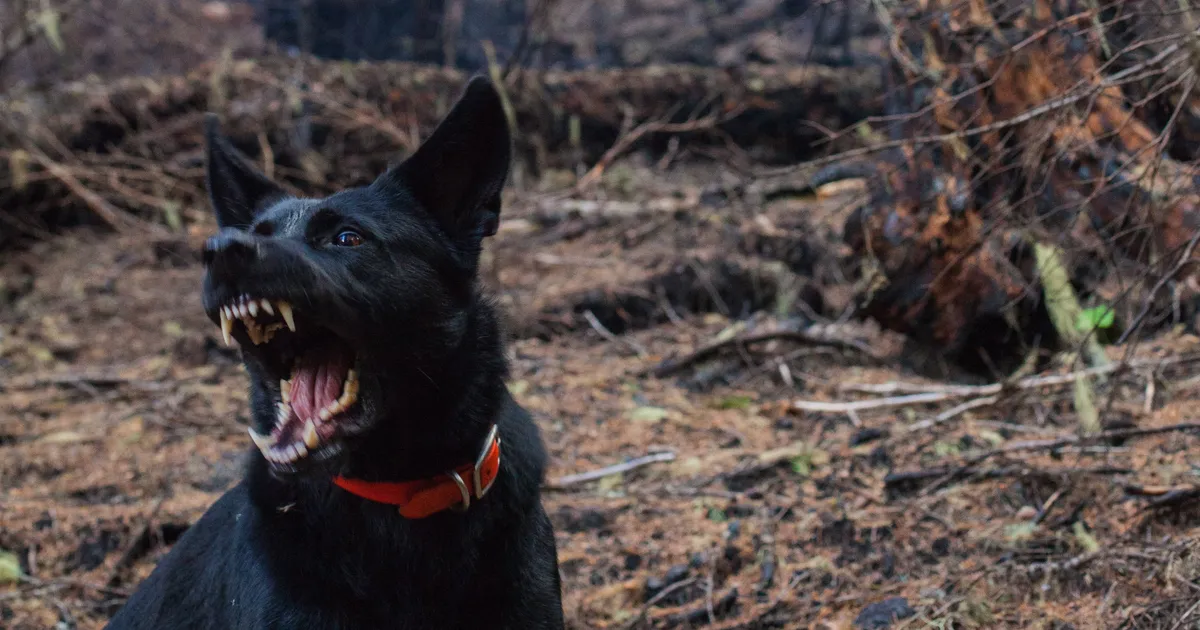 Nick Bolton/Unsplash
Nick Bolton/UnsplashThe theory of negligence comes into play when it comes to slip-and-fall injuries and dangerous premises claims. To determine whether the owner of a property is negligent, according to the circumstances at hand, did the property owner or any other responsible party fail to act reasonably? The injured person must be able to prove that the negligence of the property owner led directly to the injury sustained. Several elements must be established by the preponderance of the evidence, examined in greater detail below.
Were You Entitled to Be There?
Duty is the concept that one person has a legally established responsibility for another person. When it comes to slip-and-fall claims, the relationship between the victim and the property owner matters and can be used to establish negligence in a slip and fall or other dangerous premises claim. The injured party can be:
An invitee
A licensee
A trespasser
 Altin Ferreira/Unsplash
Altin Ferreira/UnsplashDid the Property Owner Act Within Reason?
The next element in dangerous premises claims is a breach of duty. The property owner must have had the responsibility to act but failed to act in the way that a normal person would under similar conditions and circumstances. This is a fact-specific element and is at the heart of every dangerous premise claim, if not every personal injury claim.
It can be difficult to determine if the conduct of the property owner was reasonable or not because it’s usually hard to prove if the property owner knew about the broken step or the spilled carton of milk. And if it is found that the owner knew about it, were they afforded a reasonable amount of time to correct the situation (fix the broken step or mop up the milk)?
Was the Accident Preventable?
Next is causation. Simply falling in a store or slipping in a parking lot doesn’t automatically open up the possibility of litigation or make the owner of the store responsible. The breach of duty to the injured person must be linked, and it must be linked in a way that the injury could not have been foreseen.
In other words, would the injury have occurred if the breach of duty had not occurred? Could the accident have been prevented? For instance, were boxes stacked too high, leading some boxes to topple over and injure the party below? This might be a preventable accident.
Did You Have Injuries?
The fourth element in a dangerous premises claim is injury. Once it is established that the victim slipped and fell due to the breach of duty of the property owner, recovery of compensation is only limited to injuries sustained. The aggrieved party must show that injuries have occurred and that these damages have caused them to suffer. Evidence of trauma is generally established through medical records, medical bills and proof of lost wages.
Every dangerous premise or slip-and-fall case has its own unique set of facts. For this reason, the best way to weigh your options as an injured party is to discuss the particulars of your case with an attorney who can advise you on the right course of action moving forward with your personal injury claim.
